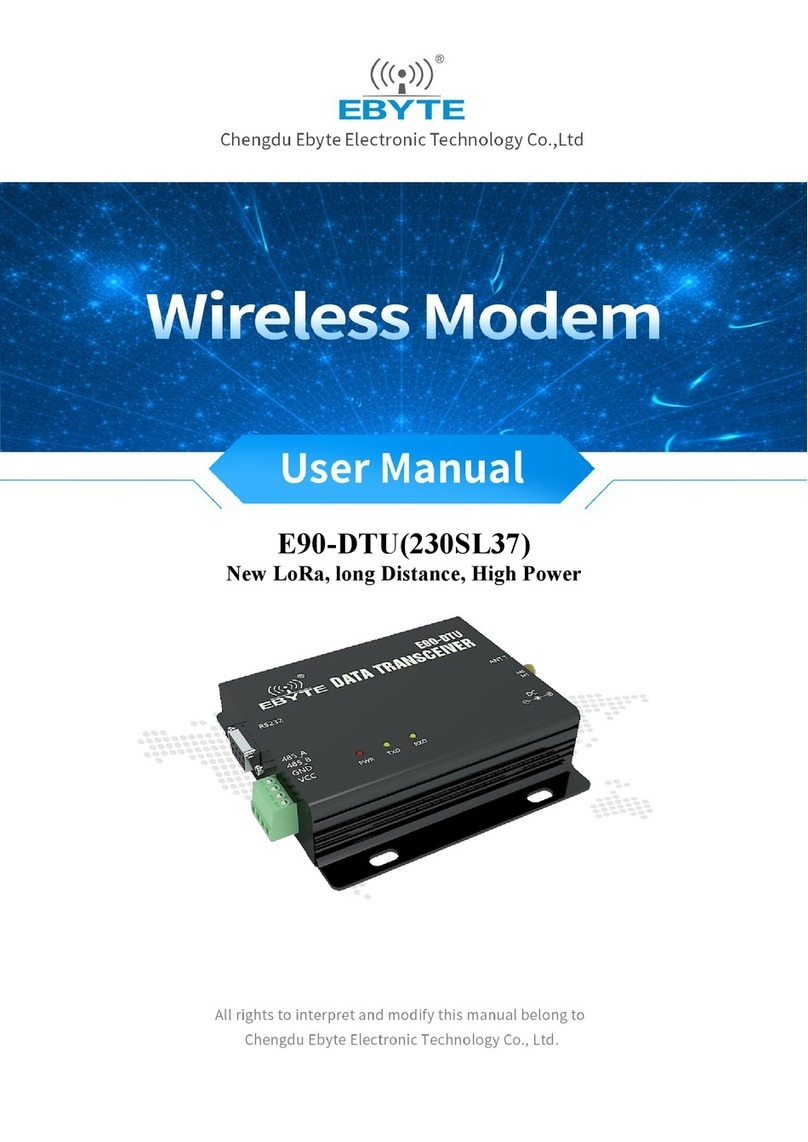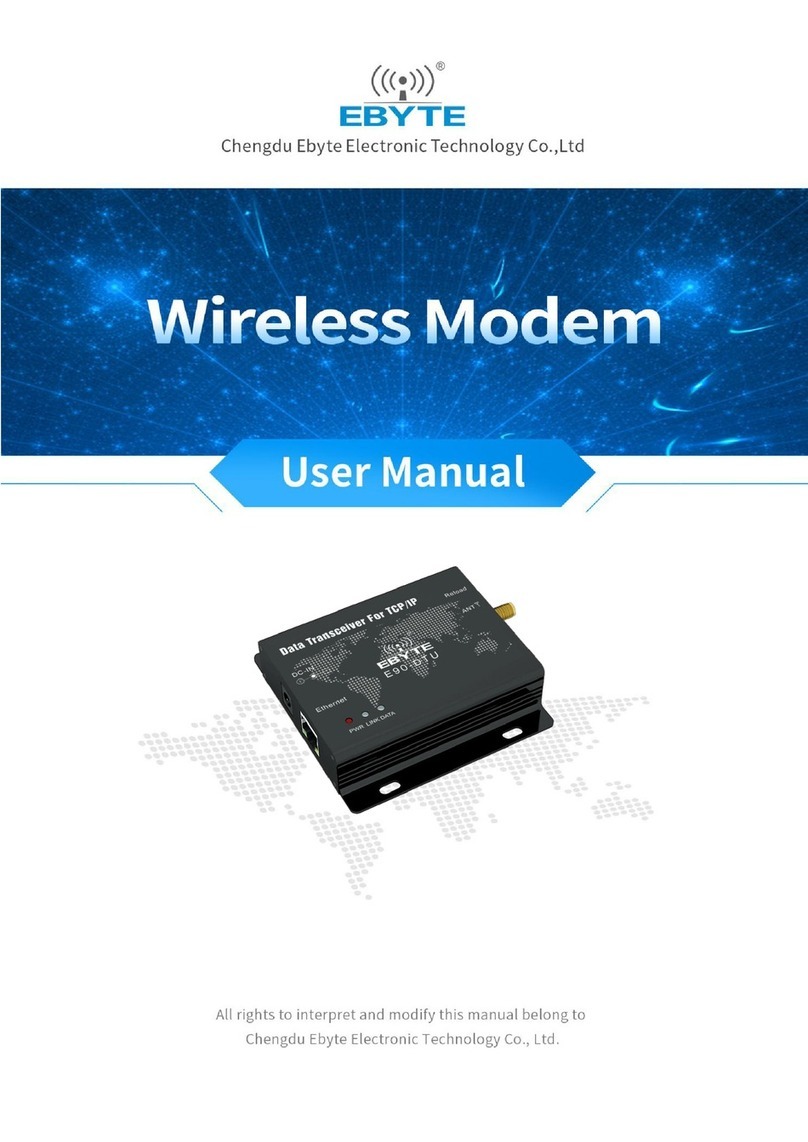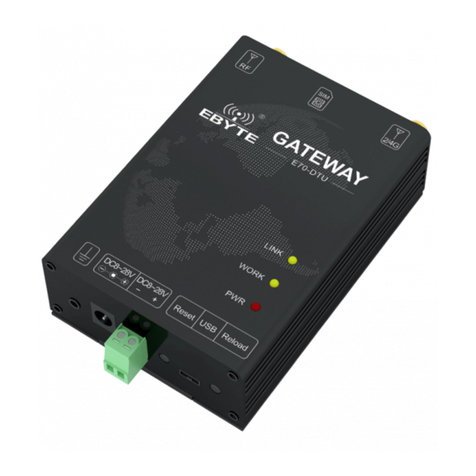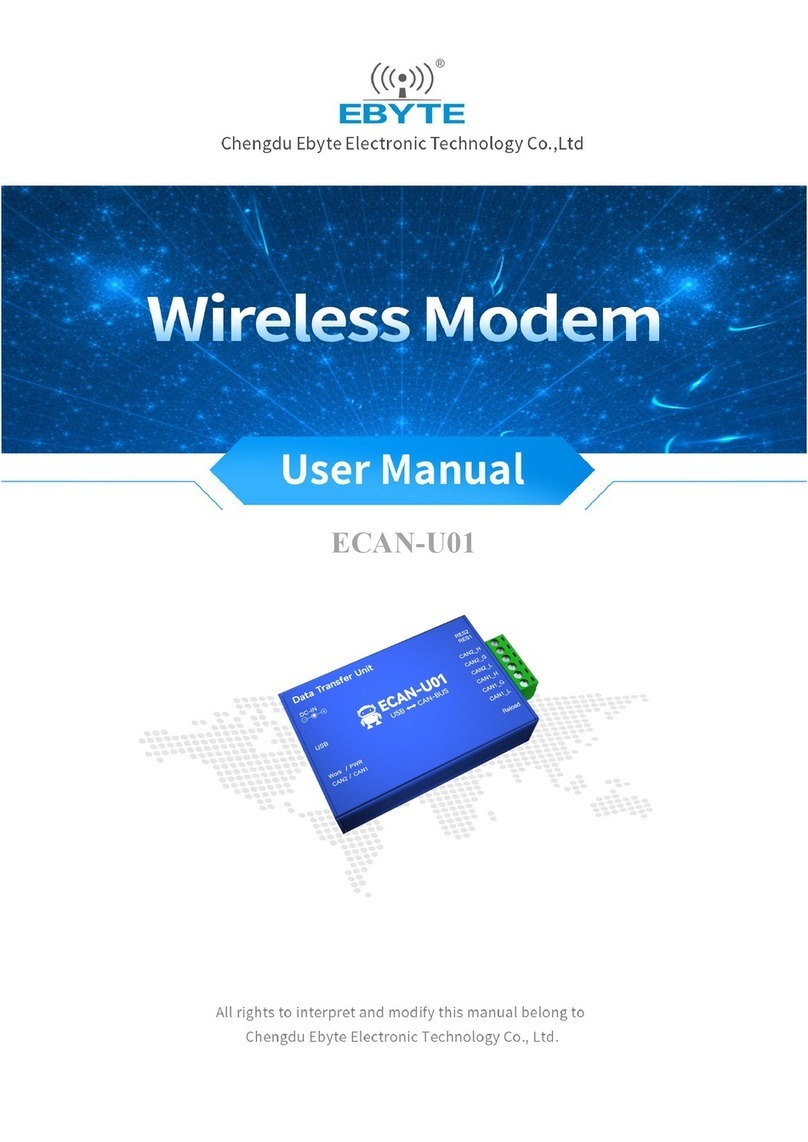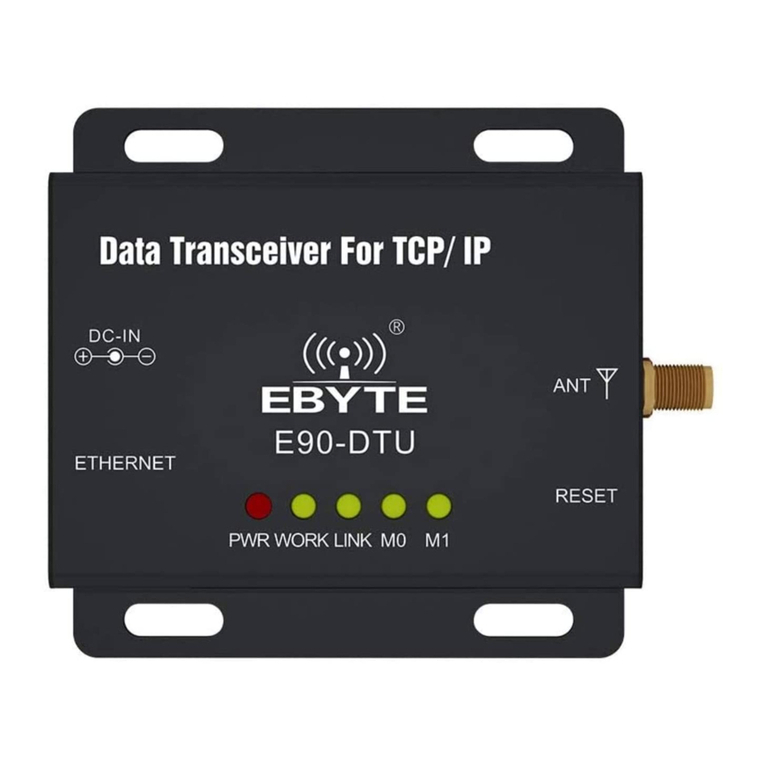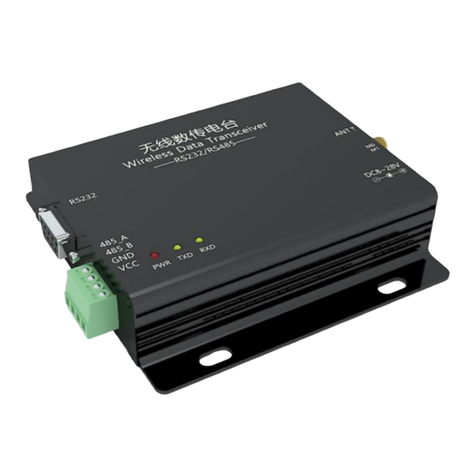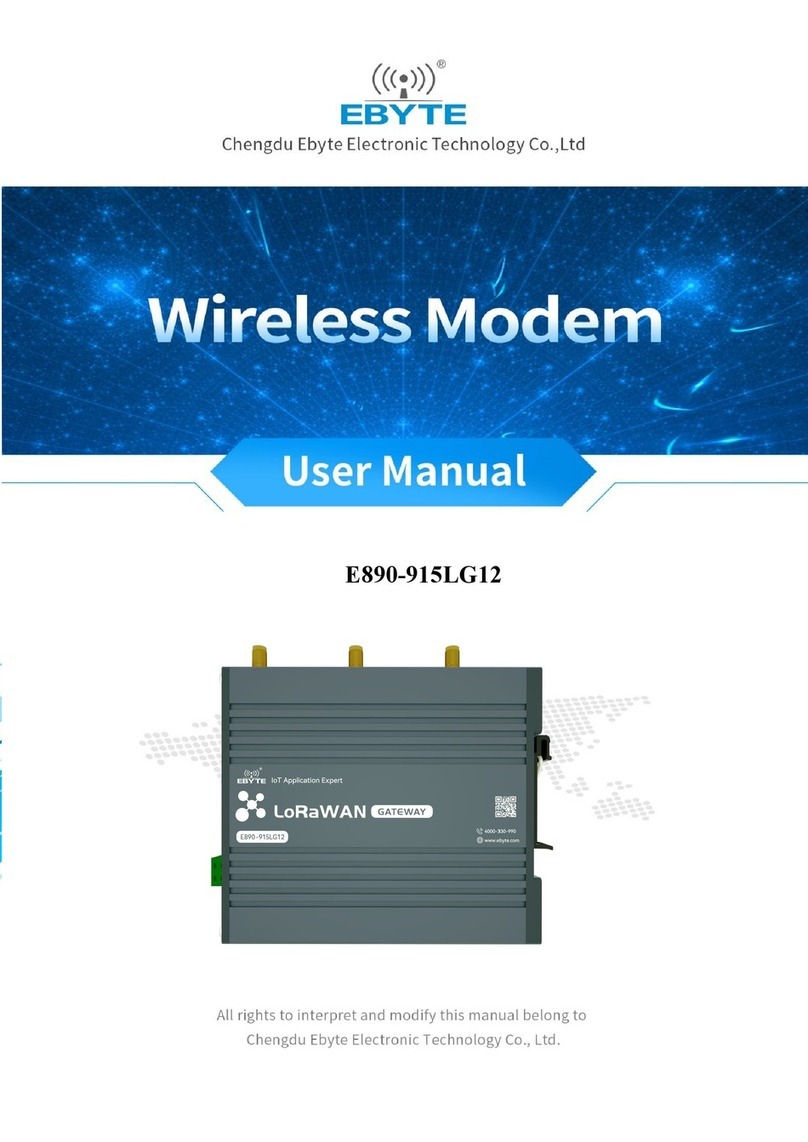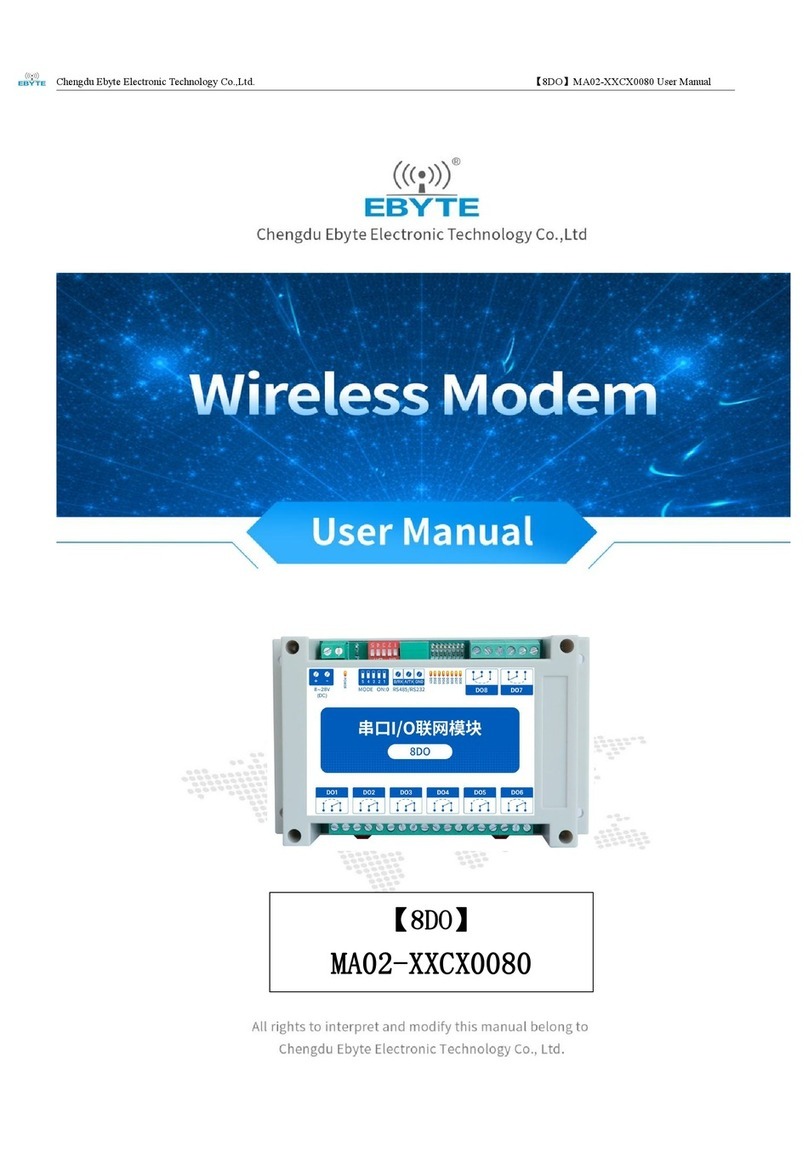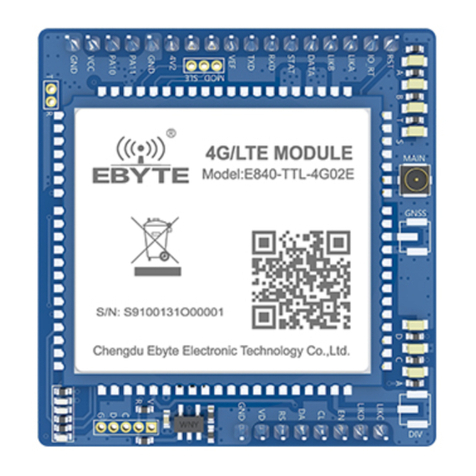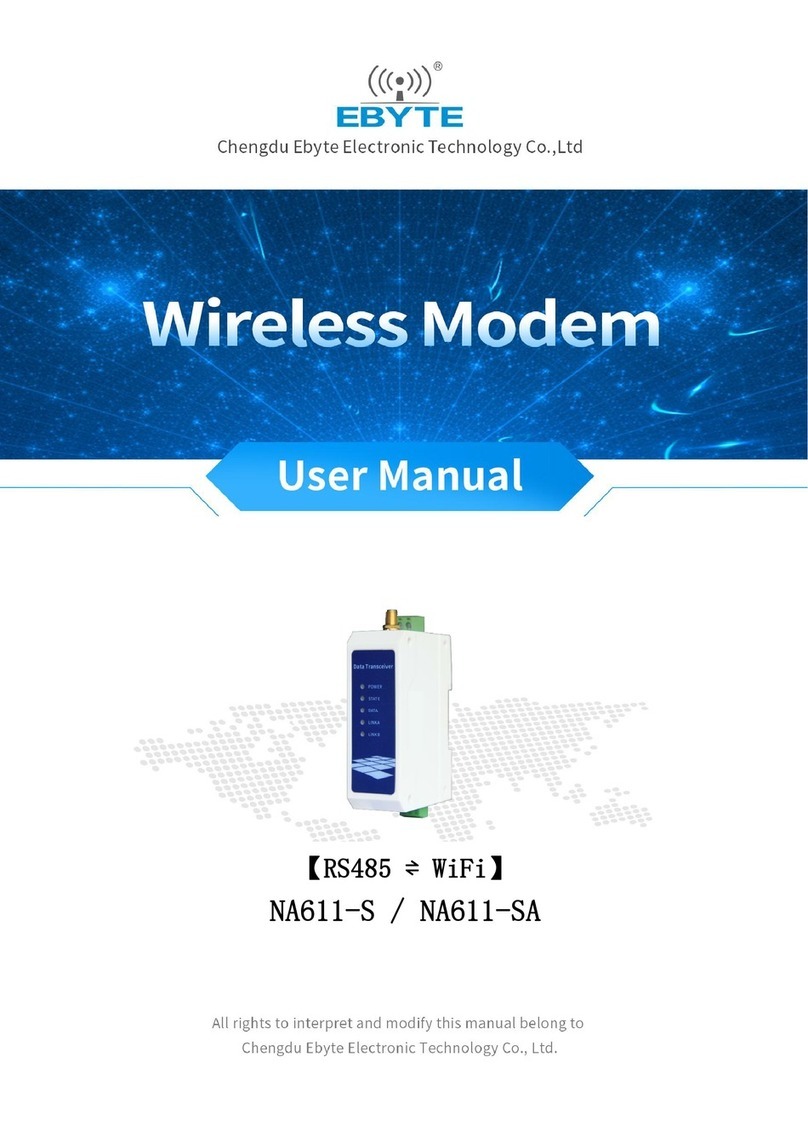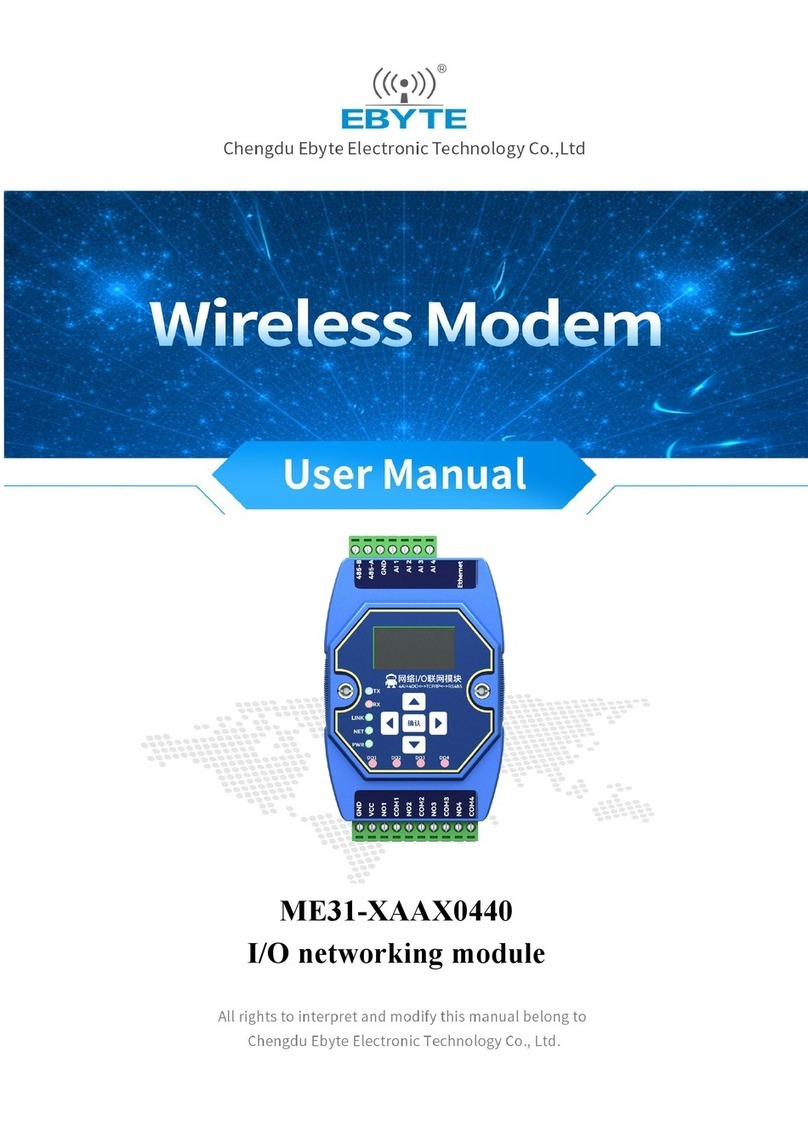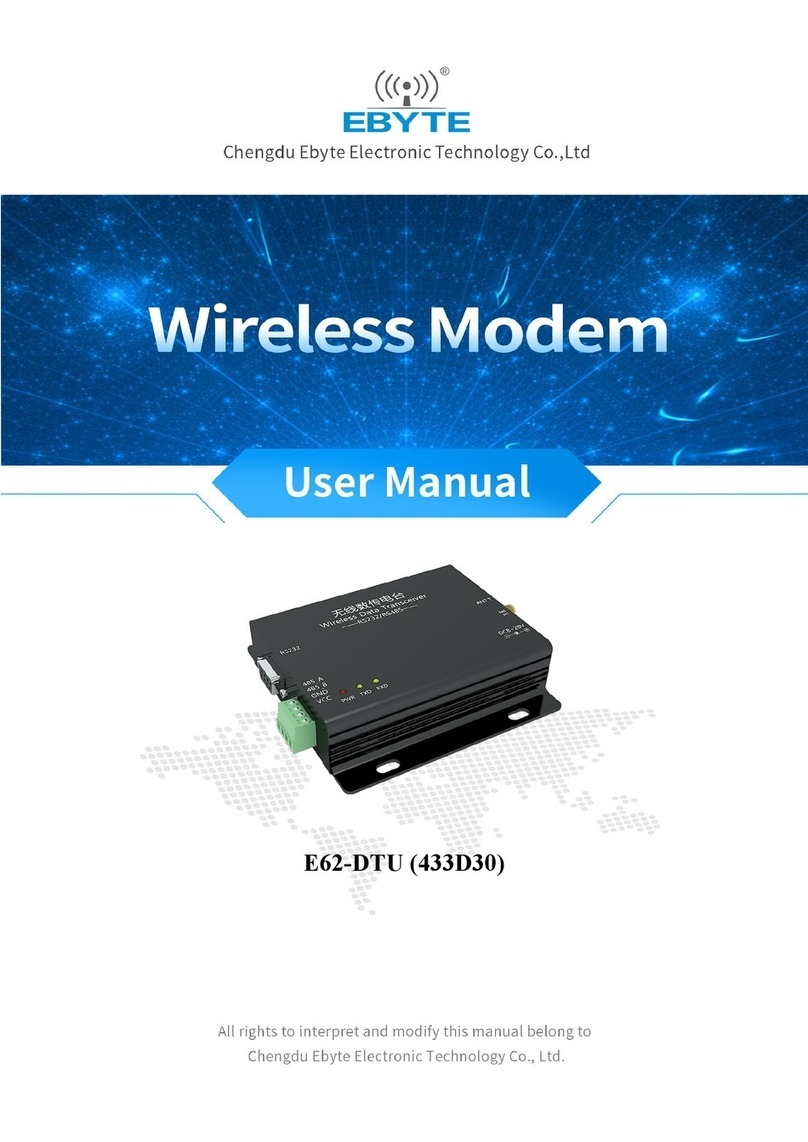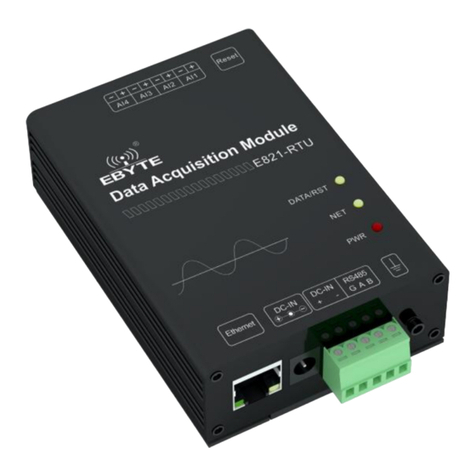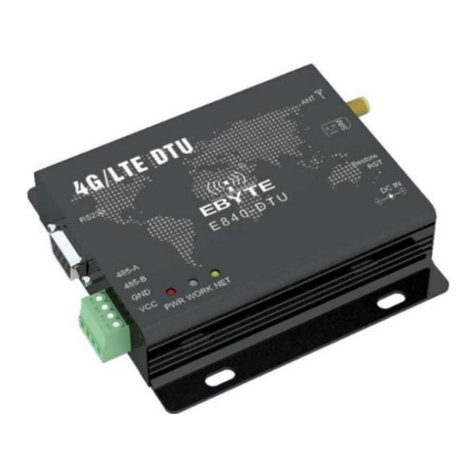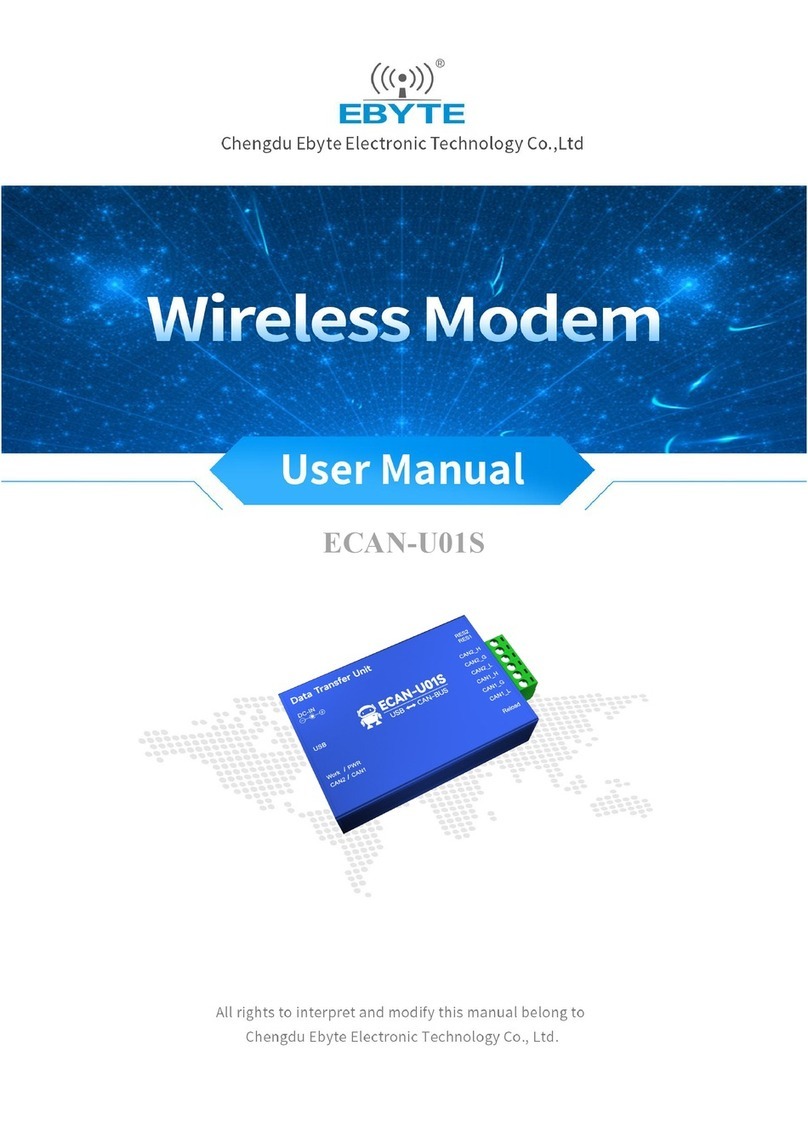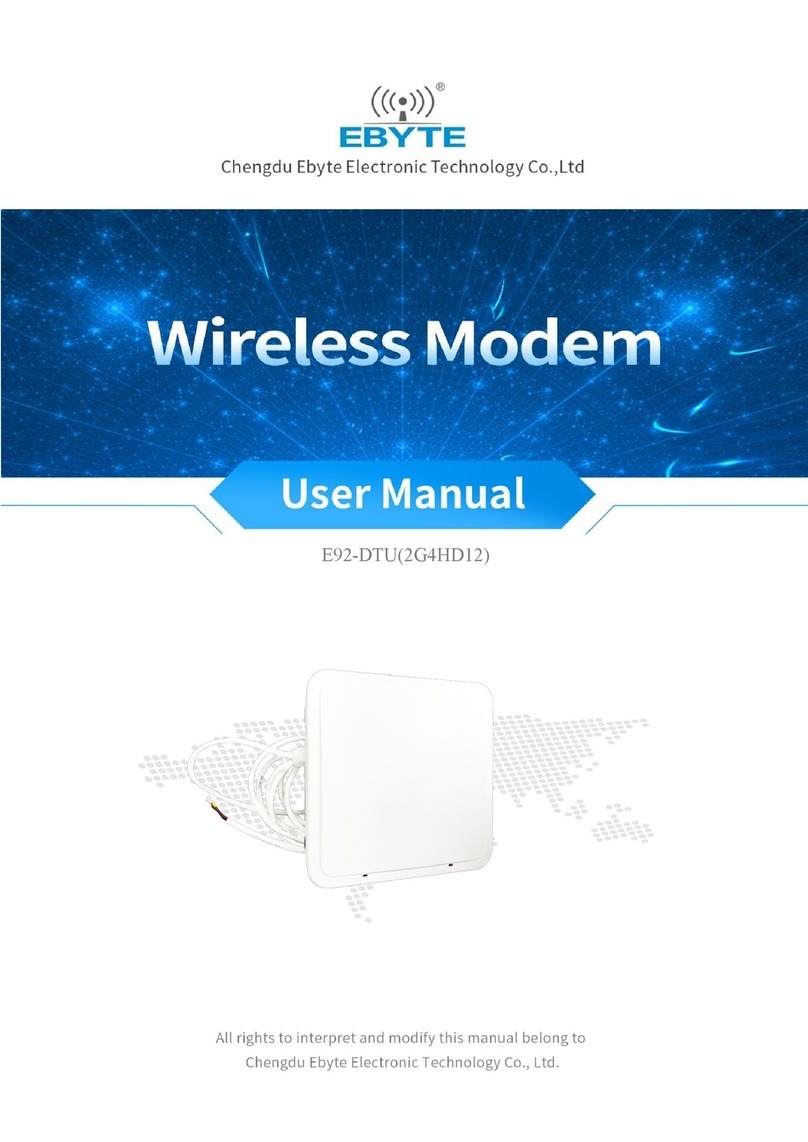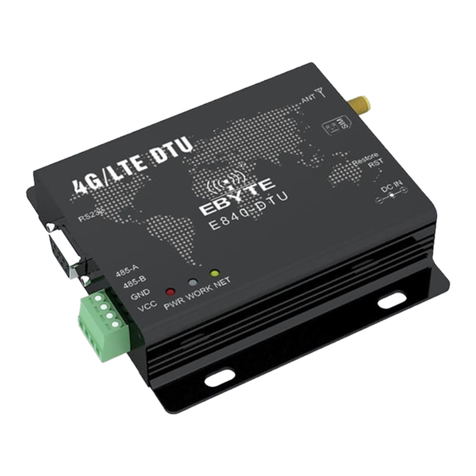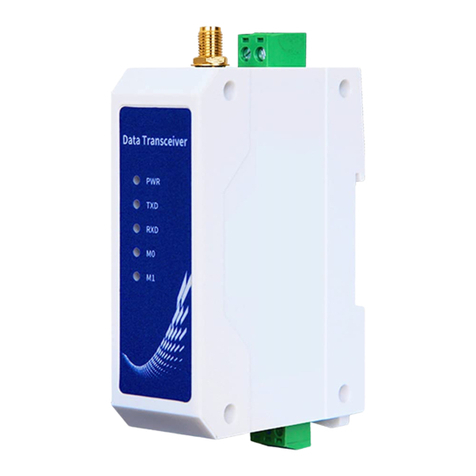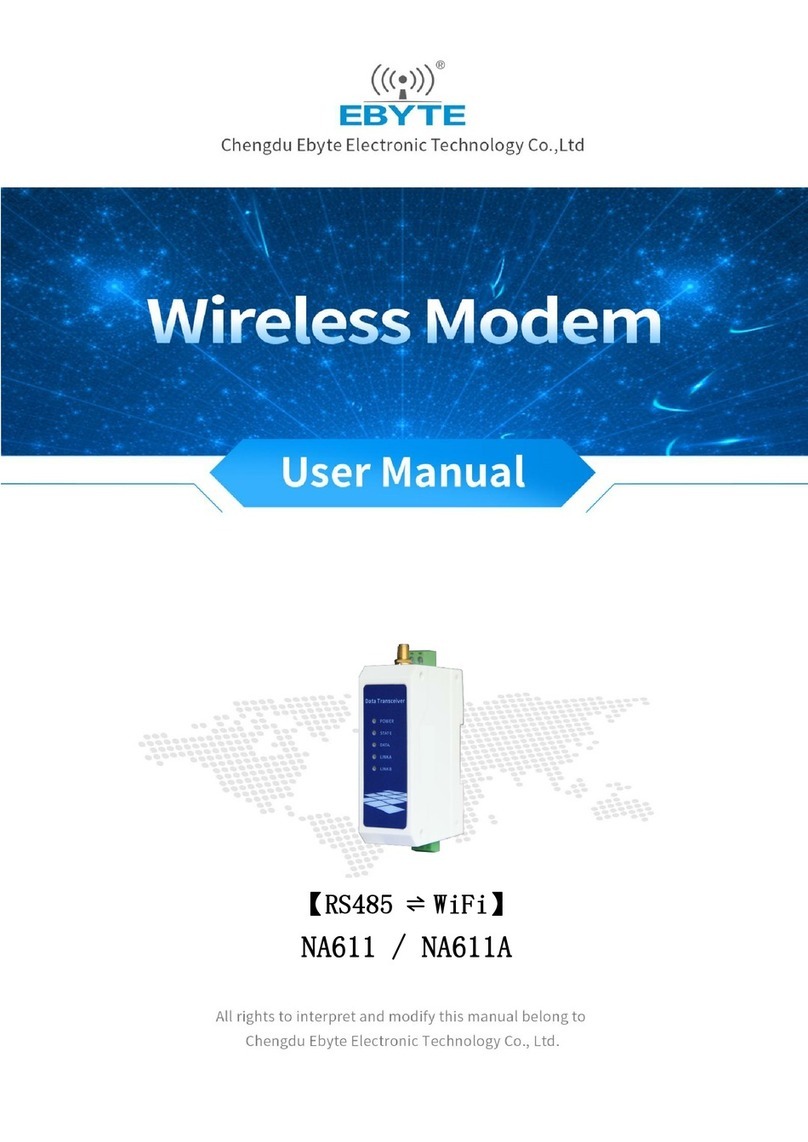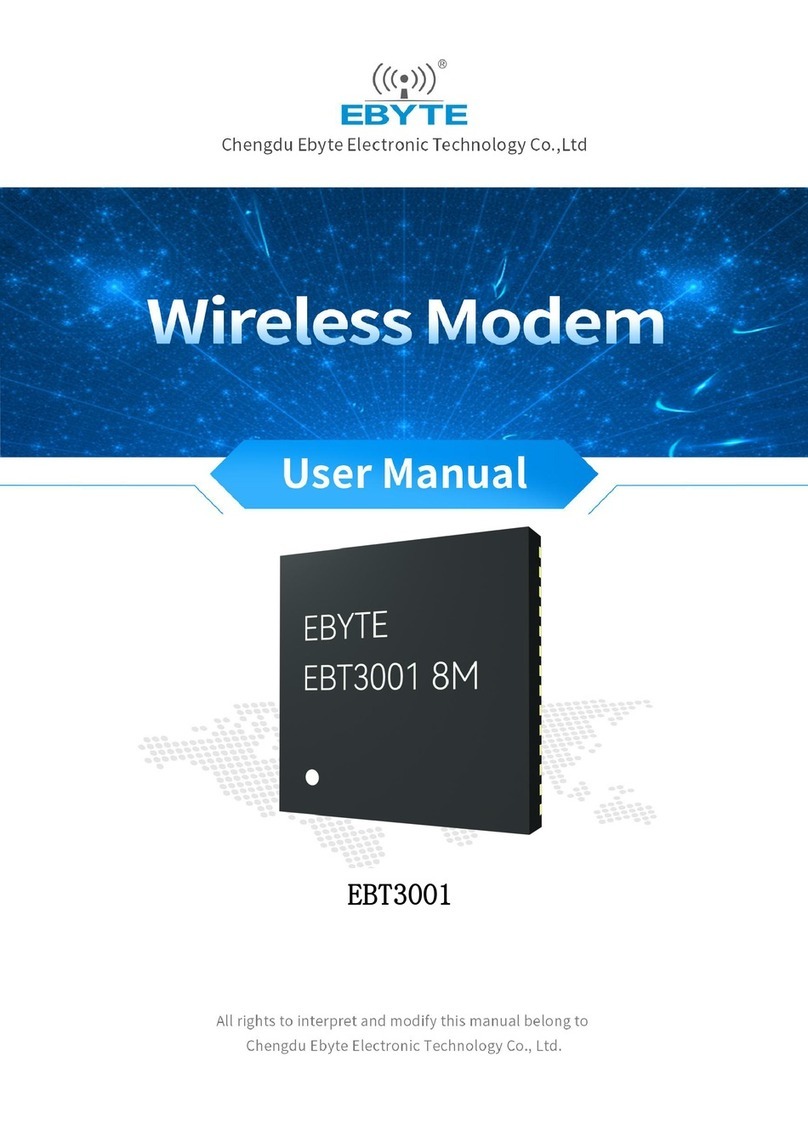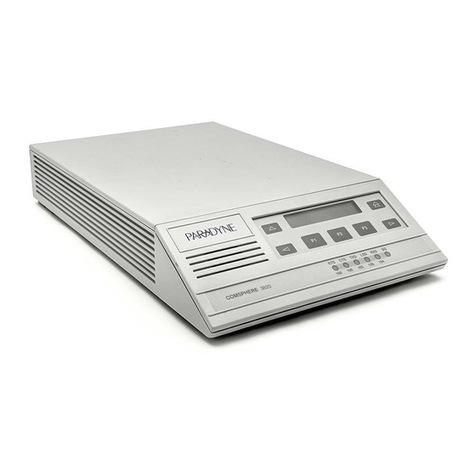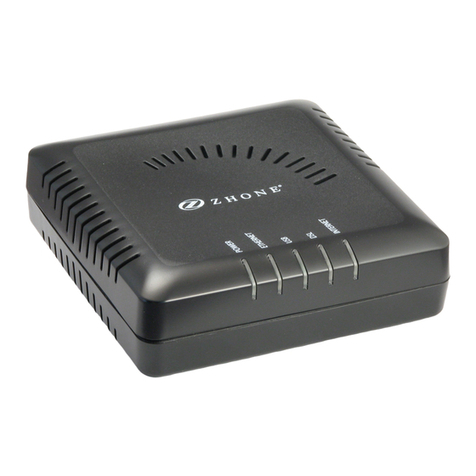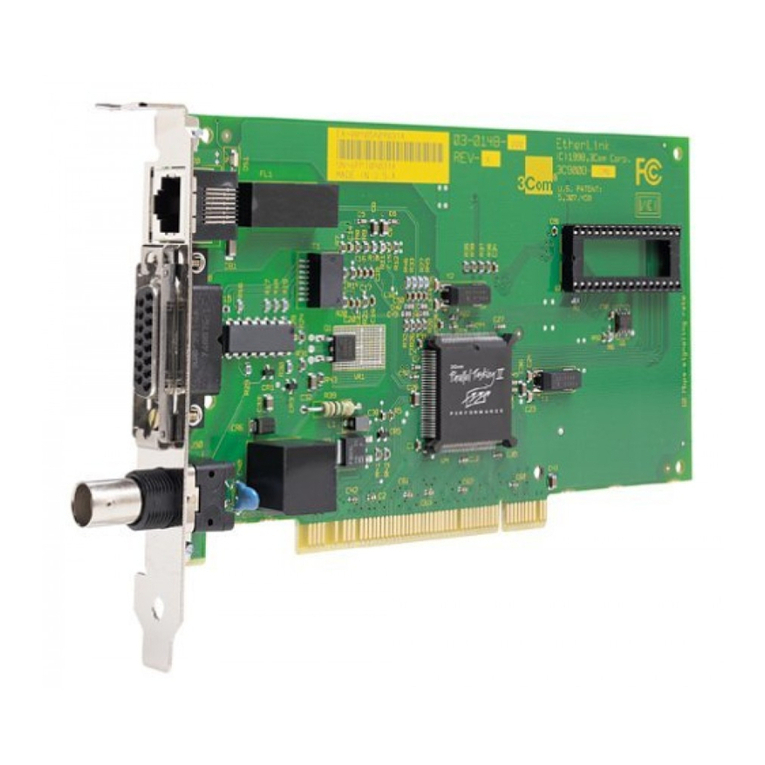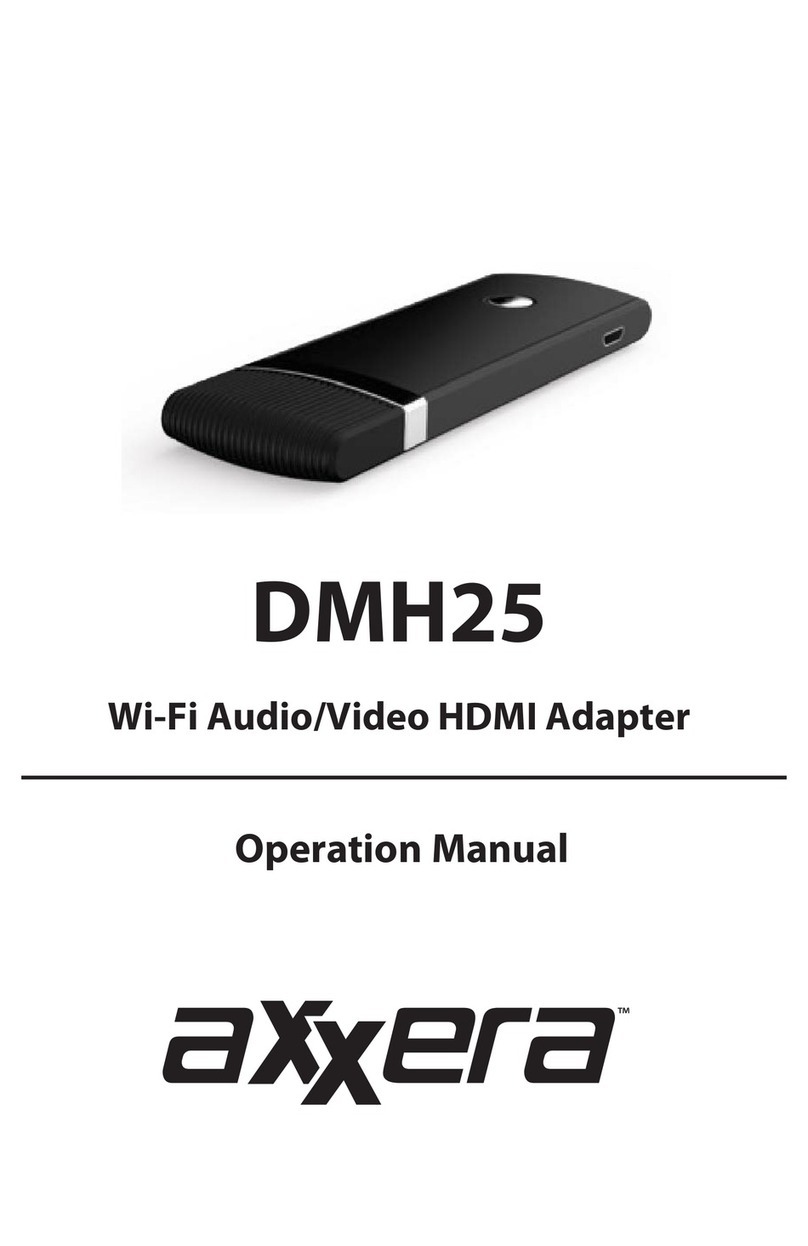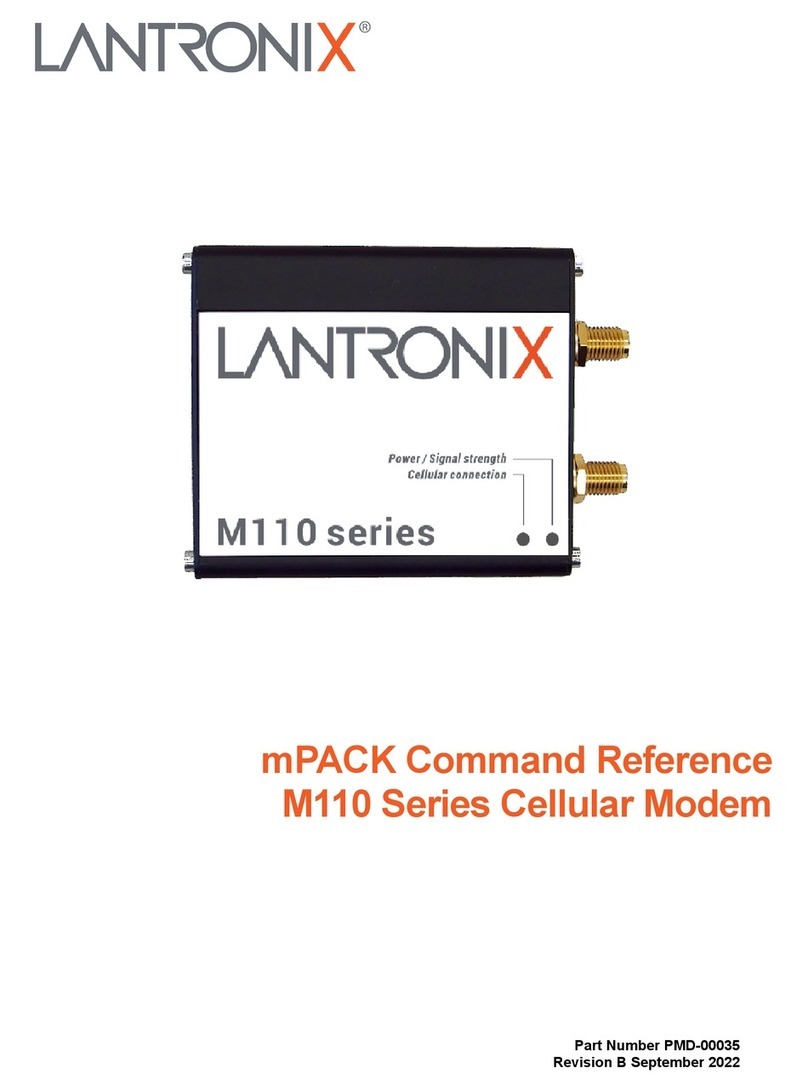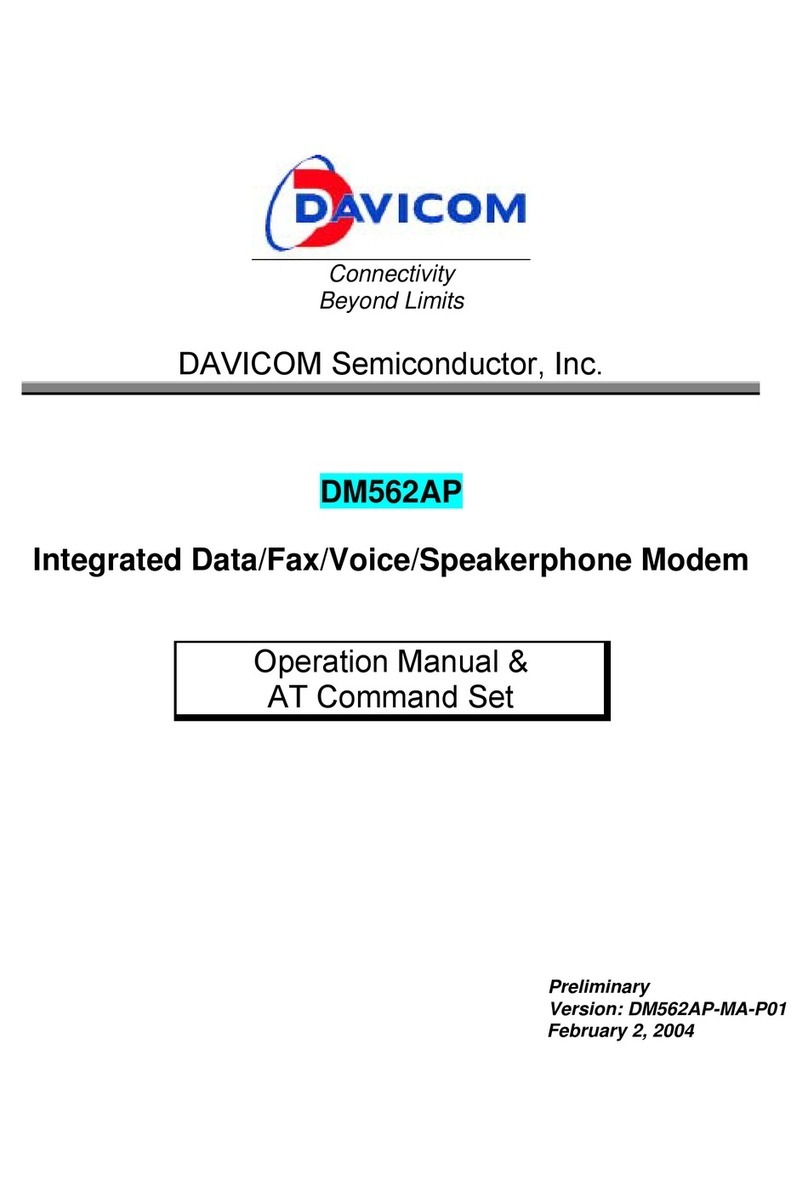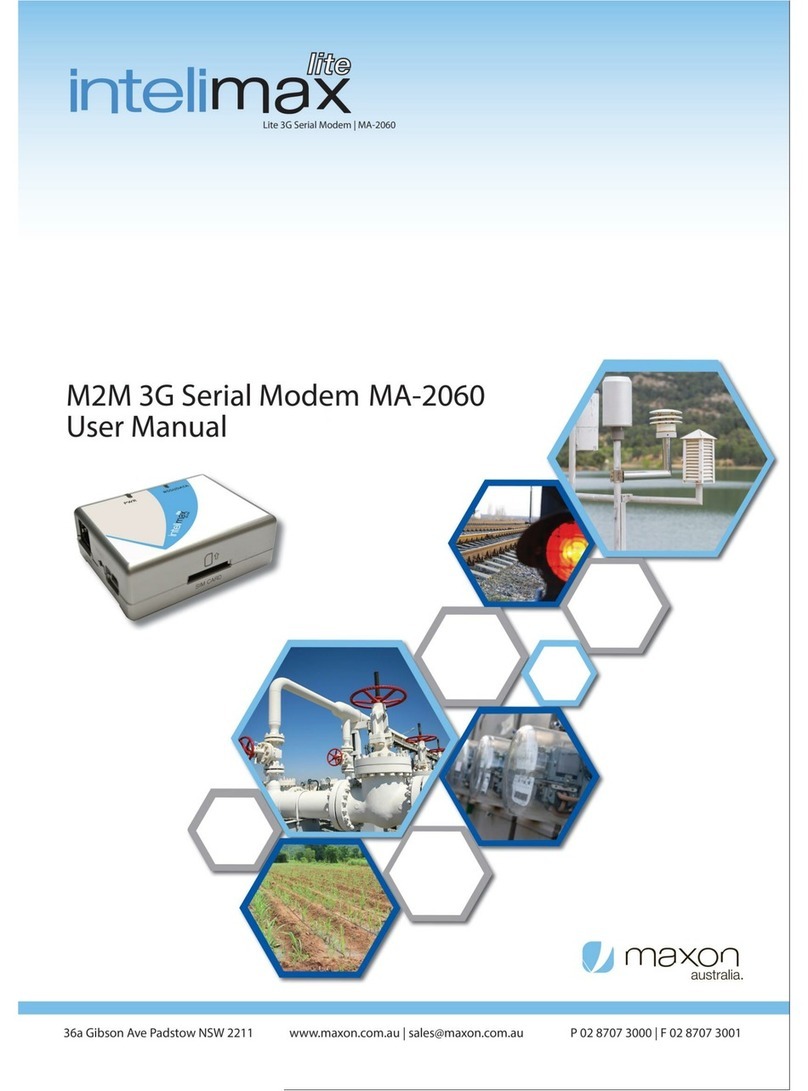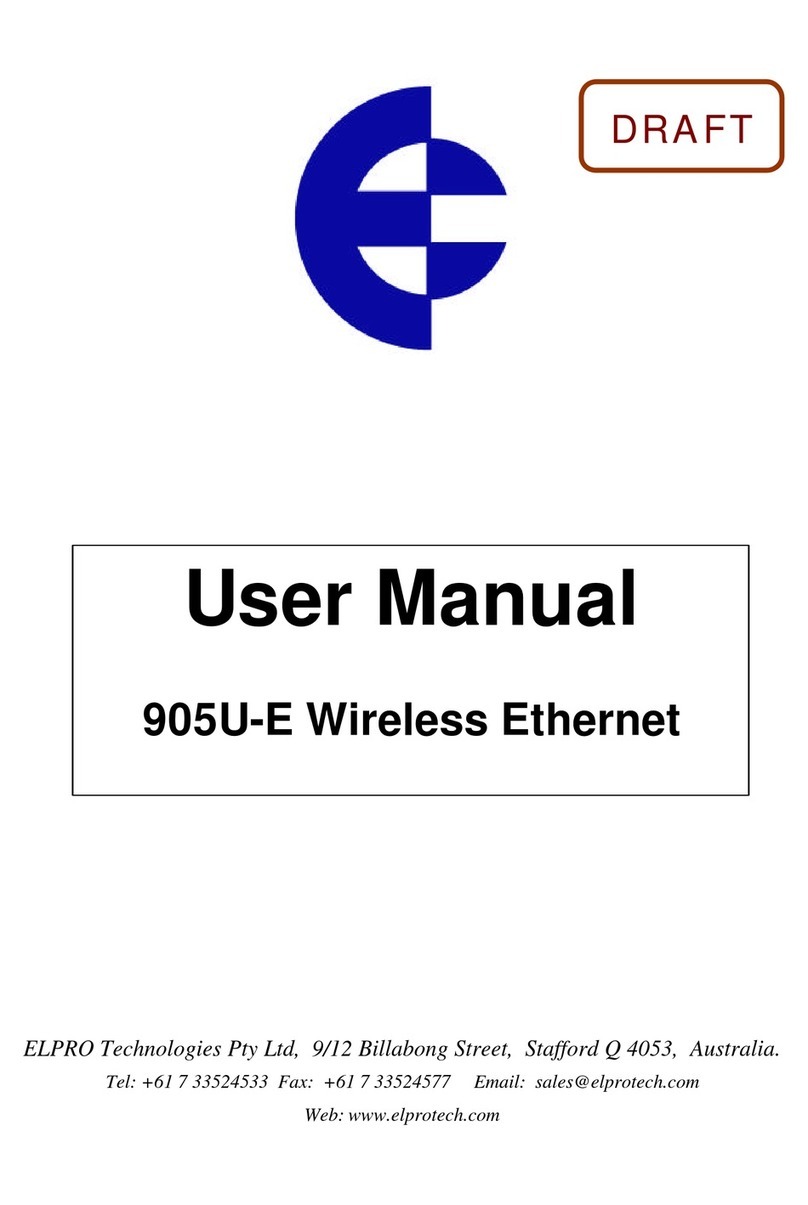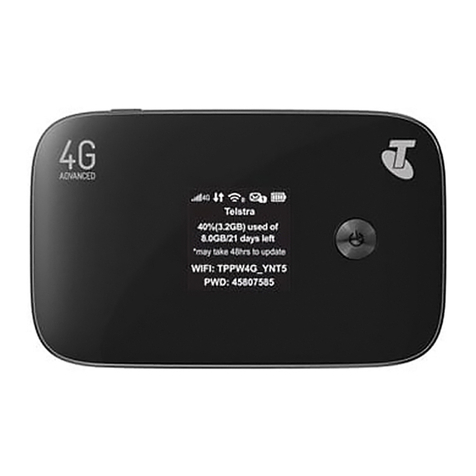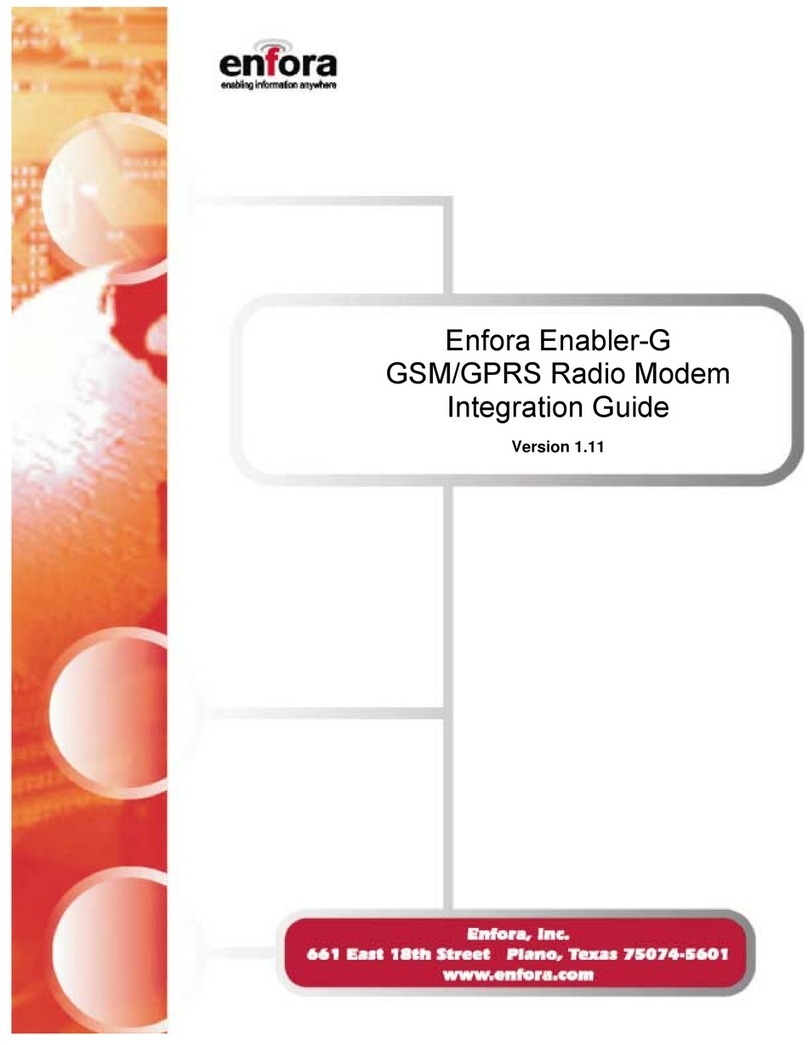
Chengdu Ebyte Electronic Technology Co., Ltd. E870-E1_User Manual_EN
Copyright ©2012–2022, Chengdu Ebyte Electronic Technology Co., Ltd.
2
Contents
Chapter 1 Product Description ....................................................................................................................................... 4
1.1 Product introduction ....................................................................................................................................... 4
1.2 Functional features ......................................................................................................................................... 4
Chapter 2 Quick Use ...................................................................................................................................................... 5
2.1 Devices Preparation ..........................................................................................................................................5
2.2 Devices Connection ..........................................................................................................................................6
2.2.1. Connect Platform ..................................................................................................................................6
2.2.2. Connect to the self-built serve ..............................................................................................................9
2.2.3. AI Analog input connection ................................................................................................................11
2.2.4. DI Switch input connection ................................................................................................................11
2.2.5. Relay output connection .....................................................................................................................11
2.3 Use of transparent transmission ..................................................................................................................... 12
Chaper 3 Technical Indicators ...................................................................................................................................... 13
3.1 Specifications ................................................................................................................................................. 13
3.2 Mechanical dimension drawing ..................................................................................................................... 14
3.3 Port Description ..............................................................................................................................................15
3.4 LED Indicator Description ............................................................................................................................. 16
3.5 Serial port description .................................................................................................................................... 16
Chapter 4 Product function introduction ......................................................................................................................17
4.1 DO Output ...................................................................................................................................................... 17
4.2 DI input ...........................................................................................................................................................17
4.3 AI input mode .................................................................................................................................................17
4.4 Network transparent transmission mode ........................................................................................................18
4.5 MOQTT Mode ................................................................................................................................................18
4.5.1 Alibaba Cloud ......................................................................................................................................19
4.5.2 Baidu Cloud .........................................................................................................................................19
4.5.3 OneNET ...............................................................................................................................................21
4.5.4 Standard MQTT3.1.1 .......................................................................................................................... 22
Chapter 5 Special Function .......................................................................................................................................... 24
5.1 Ebyte Cloud Modbus to JSON ....................................................................................................................24
5.2 Alibaba Cloud Modbus to JSON .................................................................................................................24
5.3 Edge acquisition ............................................................................................................................................. 24
5.4 Registration packet .........................................................................................................................................24
5.5 Heartbeat packet ............................................................................................................................................. 24
5.6 Firmware upgrade ...........................................................................................................................................25
5.6.1 Network Upgrade: ............................................................................................................................... 25
5.6.2 Serial port upgrade .............................................................................................................................. 26
5.7 Hardware is restored to factory default ..........................................................................................................27
5.8 RTU slave ....................................................................................................................................................... 27
Chapter 6 Configuration methods ............................................................................................................................. 29
Chapter 7 About customization ................................................................................................................................. 29
